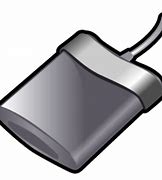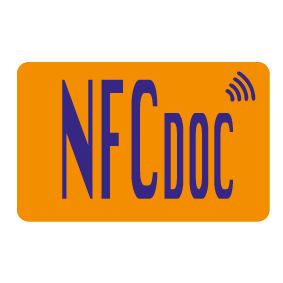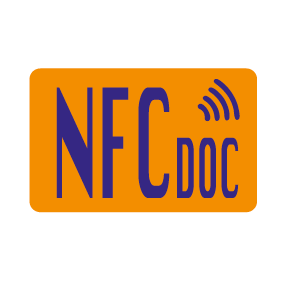Smart card readers and fingerprint readers provide strong security by supporting both contact and contactless chips, offering dual protection for both physical and digital access

Smart card readers and fingerprint readers are two distinct technologies commonly used for authentication and security purposes.
They provide strong security by supporting both contact and contactless chips, offering dual protection for both physical and digital access
Whether interacting with systems via direct contact or utilizing wireless technology, users can trust in the seamless and secure authentication process facilitated by the smart card reader.
This advanced technology enables users to gain entry to restricted areas and systems using a single smart card, enhancing both security and convenience.
By integrating contact and contactless chip capabilities, the smart card reader offers a versatile solution for various access control needs.
Whether for corporate environments, government facilities, or other secure locations, this dual-functionality ensures seamless and efficient authentication processes.
Smart card reader are used to read or write smart cards which are currently of three types:
quick overview of Smart card readers and fingerprint reader
Smart Card Readers
- Function: These devices read information from a smart card, which is a physical card with an embedded microchip. The chip stores data that can be used for identification, access control, payment, or encryption.
- Types:
- Contact Readers: Require physical insertion of the card into the reader to establish a connection.
- Contactless Readers: Use radio frequency identification (RFID) or near-field communication (NFC) to read cards without direct contact:
- HF CONTACTLESS (high frequency 13.56 MHz)
- LF CONTACTLESS (low frequency 125 Khz)
- Applications: Access control systems, employee ID badges, banking cards, healthcare cards, and secure login for IT systems.
Fingerprint Readers
- Function: These devices scan and authenticate a person’s fingerprint by analyzing the unique patterns of ridges and valleys on their fingertips.
- Technology:
- Optical Scanners: Use light to create an image of the fingerprint.
- Capacitive Scanners: Detect fingerprint ridges using electrical signals.
- Ultrasonic Scanners: Use sound waves for a detailed and secure scan.
- Applications: Smartphones, laptops, door locks, attendance systems, and high-security facilities.
While both technologies serve security and identification needs, smart card readers rely on external cards, whereas fingerprint readers use biometric data, offering a more personalized and tamper-proof solution. Let me know if you’d like me to dive deeper into either!
If you need more details about this specific subject, MAIL TO
SELECT THE PRODUCT OF YOUR INTEREST (sub)
RELATED PRODUCTS

